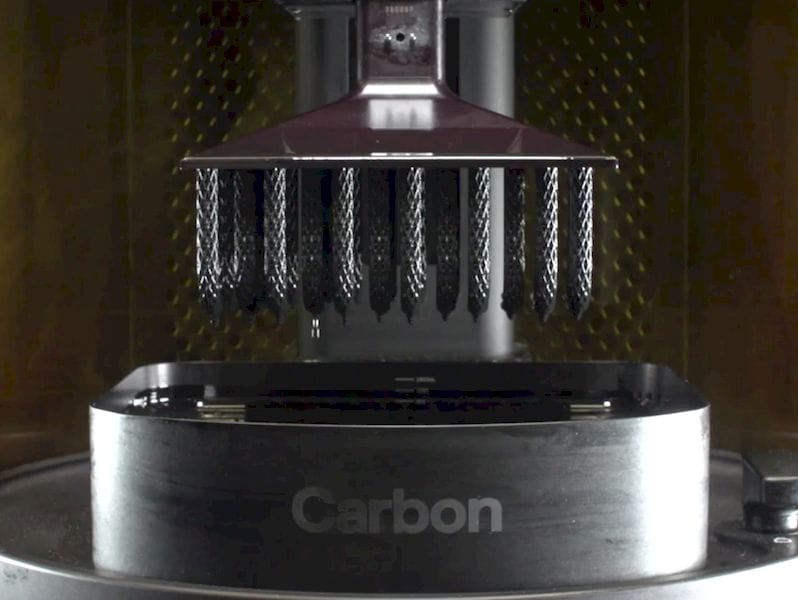
Charlie Goulding and Preeti Sulibhavi examine the potential for major IPOs in the 3D printing industry.
The Initial Public Offering (IPO) market had a large increase in new stock issuances the first week of June 2020 led by Warner Music. Long-anticipated IPOs that appear to be getting ready are Quicken Loans, Palinitir, and DoorDash. Some stock market analysts believe that there is an IPO opportunity window between now and the autumn of 2020 when we find out where we stand on a potential second wave of coronavirus infections.
To obtain a favorable IPO price, analysts believe the current IPO market will be most receptive to companies that have earnings or will benefit from the pandemic such as Zoom or drug companies.
Forbes recently concluded that 3D printed metal pioneer Desktop Metal was one of the top 9 companies that may currently be in a good position for an IPO.
Carbon 3D is the 3D printing unicorn potential IPO that has been discussed for two years and is estimated to have a value exceeding $2 billion.
The company, based in Redwood City, California, has already demonstrated its investor appeal with large funding rounds. With Carbon’s new CEO, Ellen Kullman, who is the former CEO of Dupont and currently sits on the board of Goldman Sachs, there is abundant public market expertise.
Opting for an IPO now will work best for the companies that meet the current market expectations and are already prepared to launch. Public companies need to have accounting and legal professionals who have experience with public reporting and regulatory requirements. Going public is also challenging for companies that are at the beginning of an increased new product R&D cycle or going through a restructuring process.
If one of the anticipated 3D printing IPOs happens and is successful, expect other 3D printing IPOs to follow.
Companies that do so should also be seeking out Research & Development tax credits, which are described below.
The Research & Development Tax Credit
Enacted in 1981, the now permanent Federal Research and Development (R&D) Tax Credit allows a credit that typically ranges from 4%-7% of eligible spending for new and improved products and processes. Qualified research must meet the following four criteria:
- Must be technological in nature
- Must be a component of the taxpayer’s business
- Must represent R&D in the experimental sense and generally includes all such costs related to the development or improvement of a product or process
- Must eliminate uncertainty through a process of experimentation that considers one or more alternatives
Eligible costs include US employee wages, cost of supplies consumed in the R&D process, cost of pre-production testing, US contract research expenses, and certain costs associated with developing a patent.
On December 18, 2015, President Obama signed the PATH Act, making the R&D Tax Credit permanent. Beginning in 2016, the R&D credit has been used to offset Alternative Minimum Tax for companies with revenue below $50MM, and startup businesses can obtain up to $250,000 per year in cash rebates applied directly toward payroll taxes.
